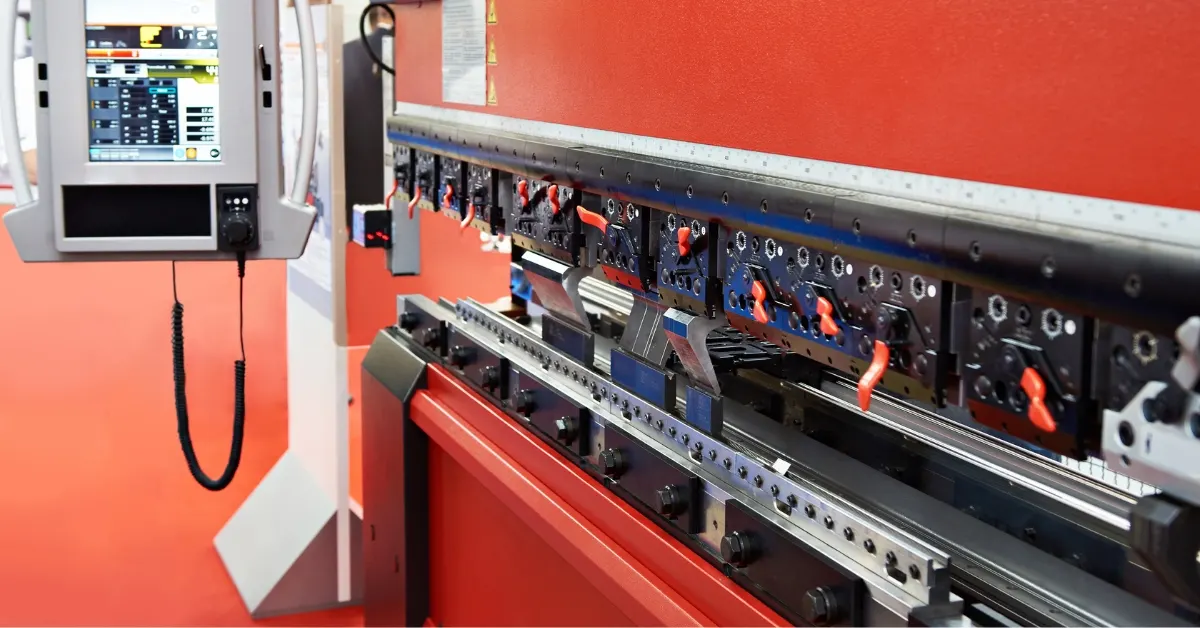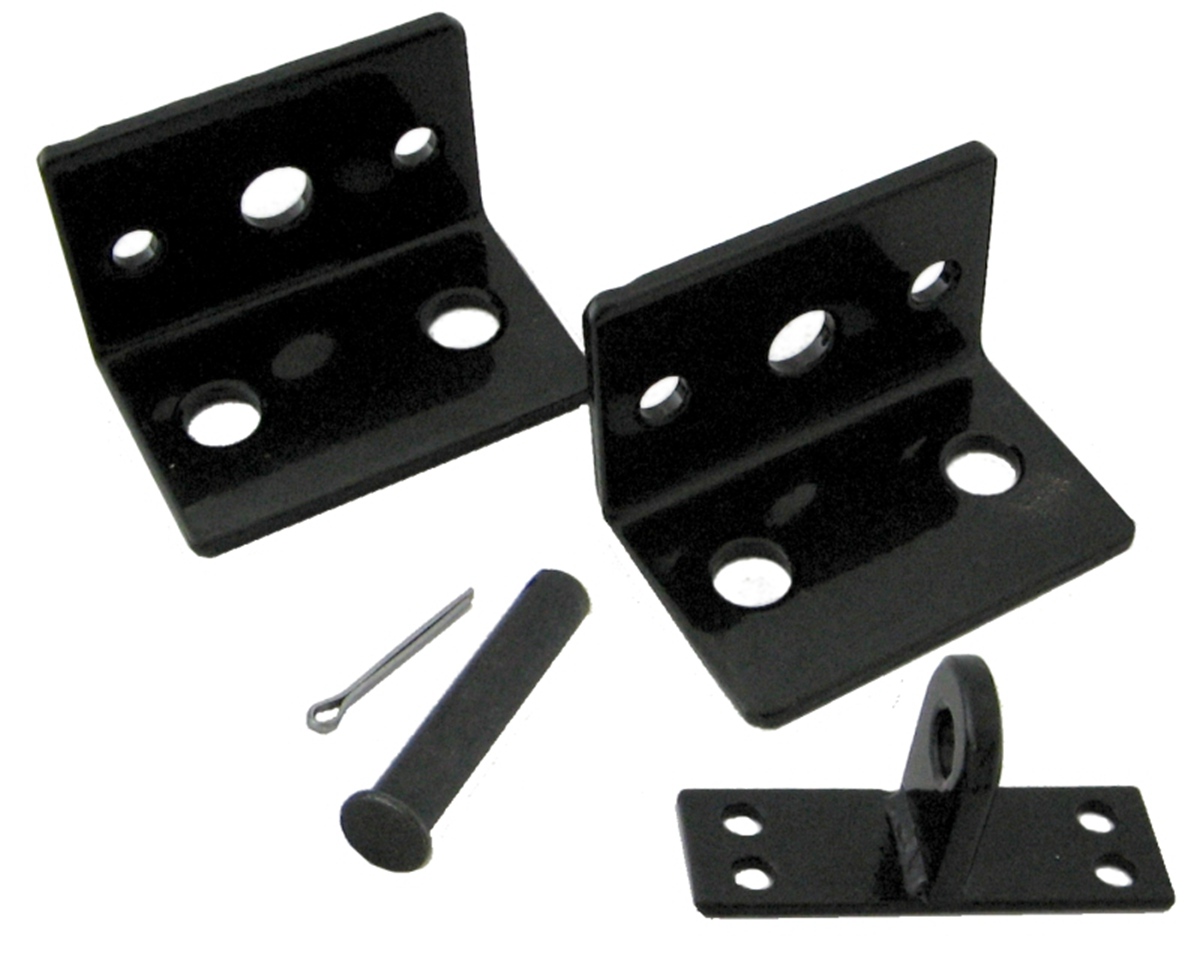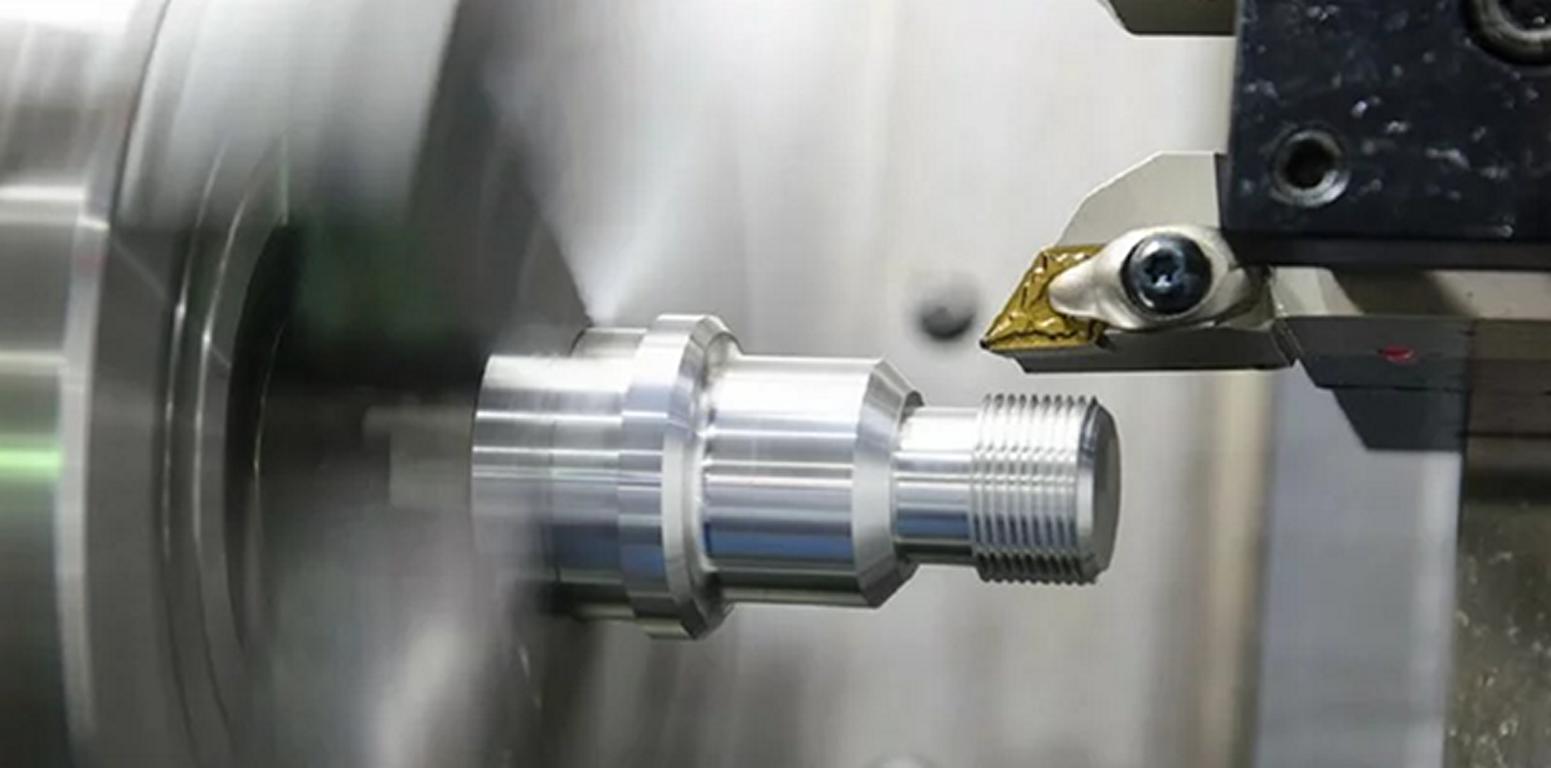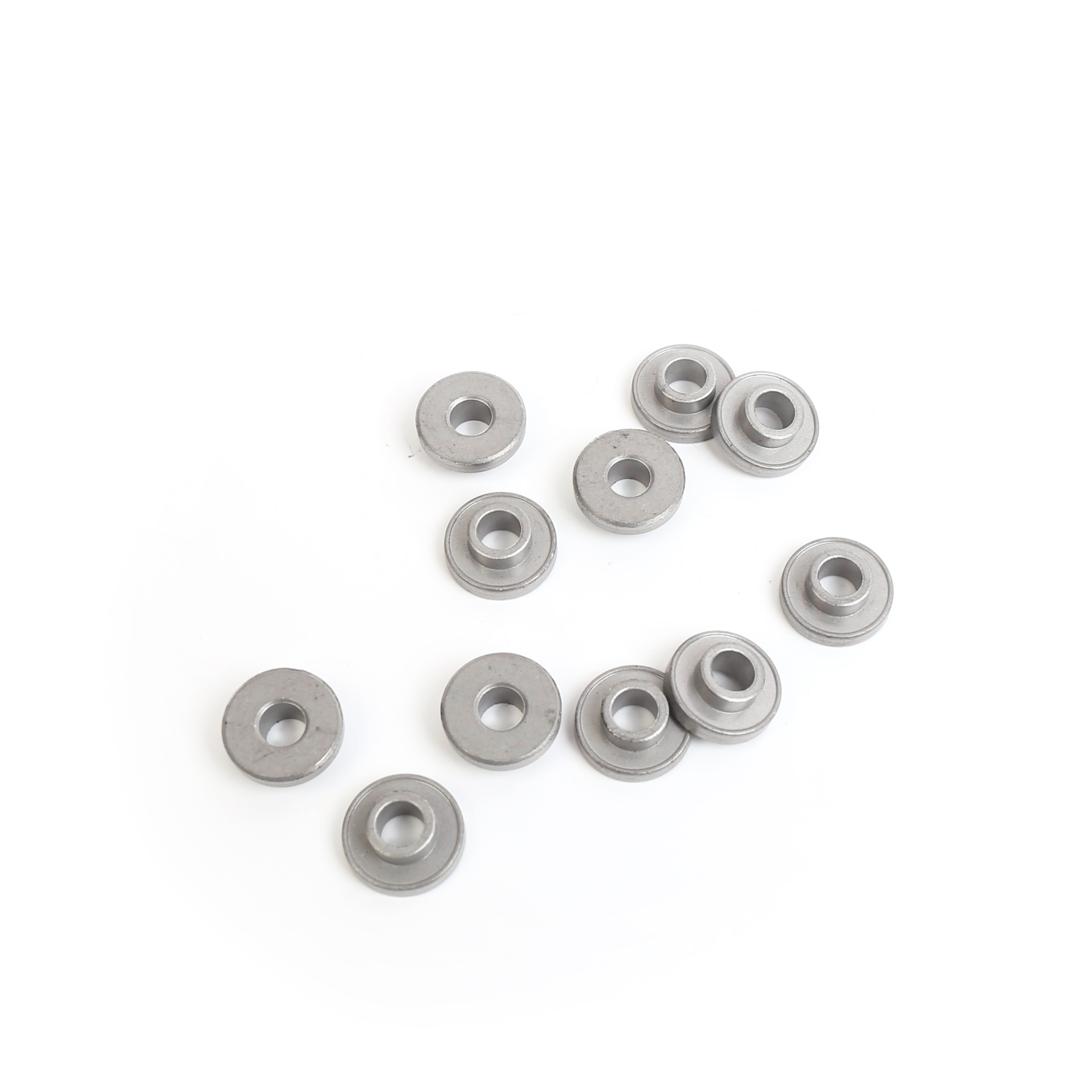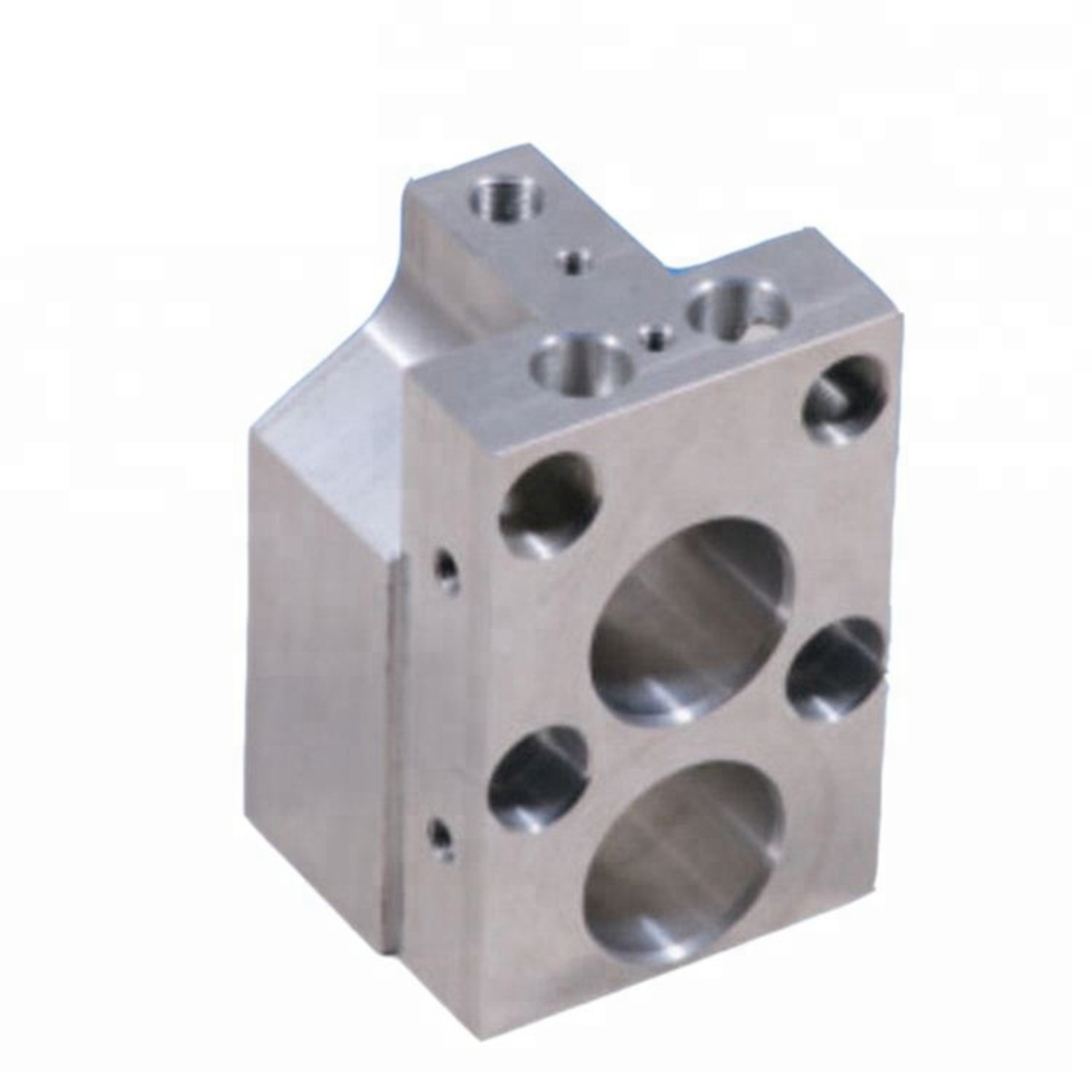Bending sheet metal is a common practice in both industrial and craft settings, requiring precision and careful planning. Here’s a concise step-by-step guide on how to achieve effective bends:
Preparation: Select the appropriate metal sheet based on your project requirements. Common choices include aluminum, steel, and copper due to their pliability and strength.
Marking: Clearly mark where the bends will be made. Use a straightedge and a scribe to achieve accurate lines, ensuring they are visible during the bending process.
Setting Up the Brake: Secure the sheet metal in a metal bending brake. Make sure the part to be bent is properly aligned with the brake’s apron to avoid any misalignment.
Bending: Apply force either manually or with the machine’s power to bend the metal along the marked lines. For manual brakes, leverage is your friend; ensure you apply a consistent force to produce an even bend.
Checking Angles: Use an angle finder to check the accuracy of the bend. Adjust the brake settings if necessary and repeat the bending if the angle isn’t precise.
Tools Commonly Used:
Metal bending brakes: Ideal for clean, sharp bends.
Rolling machines: Best for creating curves or multiple radius bends.
Press brakes: Used for complex bends with high precision.
Tips for Achieving Precise Bends:
Always account for the material’s springback; different metals will spring back differently after bending.
For intricate projects, consider using a CNC press brake for repeatability and precision.
Keep your tools well-maintained to avoid any marks or damage to the metal during bending.
Understanding the material and having the right tools are paramount in achieving professional-quality bends in metal plates and sheets.
